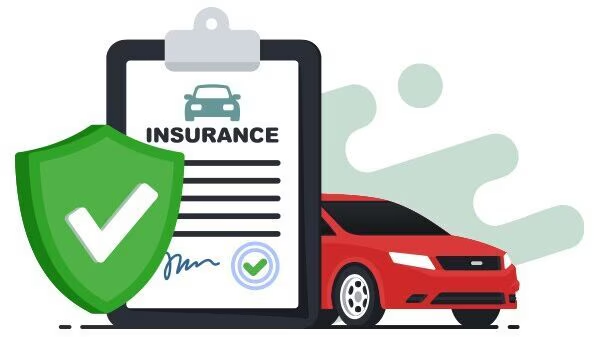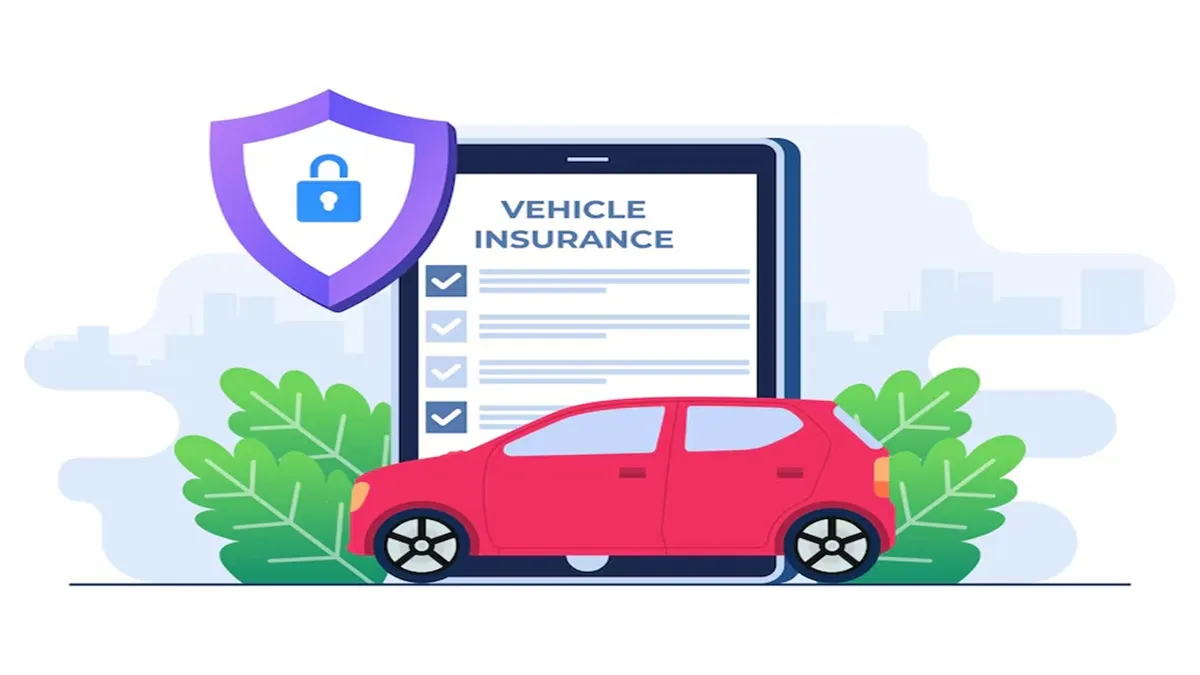Life on the road is unpredictable, making car insurance not just a legal formality, but a financial shield against the unexpected. Accidents, theft, natural disasters—none of us plan for them, but the right policy ensures you don’t suffer financially when the unthinkable happens.
Choosing the correct coverage can save you from devastating out-of-pocket expenses. Yet navigating a maze of coverage options, premiums, and deductibles can feel overwhelming.
This guide walks you through what you actually need to know, using a tone that reflects the straightforward, practical advice shared by top industry professionals.

1. Understand What Car Insurance Covers
You’ll want to determine what kind of coverage fits your lifestyle and budget while still meeting legal requirements. Most states require drivers to have a minimum level of liability insurance, which covers injuries and damages you cause to others.
Other essential types of coverage include:
- Collision coverage: Pays for damage to your car after an accident, regardless of who is at fault.
- Comprehensive coverage: Protects against non-collision incidents, such as theft, fire, or vandalism.
- Uninsured/Underinsured motorist coverage: Helps when the at-fault driver has no insurance or not enough to cover damages.
- Medical payments or Personal Injury Protection (PIP): Covers medical expenses for you and your passengers.
- Roadside assistance and rental reimbursement: Optional but useful in emergencies.
From fender benders to natural disasters, you need a plan tailored to your risks. The more coverage you add, the higher your premium—but the less you pay out-of-pocket when disaster strikes.
2. Decide What You Really Need
Before choosing a policy, it’s critical to think about your personal situation.
Start with what’s legally required where you live. States vary in minimum liability requirements. Then, consider your car’s value. If you drive a newer vehicle or one that’s leased or financed, collision and comprehensive coverage might be mandatory.
Think about how you use your vehicle. Daily commuters, weekend drivers, and long-haul travelers all have different needs. Your coverage should match how often—and where—you drive.
Also, assess your comfort level with risk. Higher deductibles lower your monthly premiums but increase your out-of-pocket costs after an accident.
3. Know What Affects Your Premium
Car insurance premiums are not one-size-fits-all. They depend on a variety of personal and external factors.
These include:
- Driving history: A clean record usually means lower premiums.
- Age and experience: Younger, less experienced drivers often pay more.
- Location: Rates vary depending on your ZIP code. Urban areas typically have higher rates due to more traffic and theft.
- Vehicle type: Your car’s make, model, and safety features influence your rate.
- Credit score: In many states, a higher score leads to lower premiums.
- Annual mileage: The more you drive, the greater your exposure to risk.
Understanding these factors helps explain why your neighbor might pay half—or double—what you do.
4. Get and Compare Multiple Quotes
With so many insurance companies out there, comparing policies is a must. But it’s important to compare the same types of coverage, limits, and deductibles to get a true sense of value.
Don’t just go with the first quote. Get at least three from different providers. Use online comparison tools or speak to agents to find out what each company offers.
Many companies offer online quotes, and agents can help tailor options based on your needs. Comparison shopping gives you the upper hand to find the best balance of coverage and cost.
5. Look at More Than Just Price
Cost is important—but it isn’t everything. Customer service, claims satisfaction, and financial stability are equally critical.
Before you commit, look at:
- Customer reviews: What do real users say about their claims experience?
- Claims process: Is it easy to file and track a claim? How long does it take to get paid?
- Company ratings: Check independent agencies like A.M. Best or J.D. Power for financial strength and service quality.
A cheaper policy won’t help if the company doesn’t pay out when it should. Always choose a reputable insurer with a track record of reliable service.
6. Check for Discounts and Bundles
Most insurance providers offer a range of discounts that can reduce your premium. These may include:
- Multi-policy discount: Bundle car and home insurance for savings.
- Good driver discount: No claims or violations for a certain number of years.
- Good student discount: For young drivers with strong grades.
- Low-mileage discount: For those who drive less annually.
- Safety features discount: For cars with airbags, anti-lock brakes, or theft deterrents.
Always ask what discounts you qualify for. They can add up to significant savings over time.
7. Reassess Your Policy Regularly
Your insurance needs change over time. Maybe you bought a new car, moved, added a teen driver, or retired and now drive less.
You don’t need to wait for renewal to shop for a better deal. Many companies allow you to switch policies mid-term. Just be sure you don’t have a coverage gap when switching.
It’s smart to re-shop your insurance every one to two years—even if you’re happy with your provider. Rates change, and new discounts may be available.
8. Use a Checklist Before You Buy
To make sure you’re not missing anything, use a simple checklist:
- ✅ Meet your state’s minimum coverage
- ✅ Protect yourself beyond the minimums
- ✅ Consider your car’s age and condition
- ✅ Review your driving habits and risk level
- ✅ Get at least three comparable quotes
- ✅ Evaluate each insurer’s reputation
- ✅ Apply every available discount
- ✅ Plan to reassess your coverage regularly
Following this checklist keeps you focused and helps avoid costly mistakes.
Conclusion: Take the Time, Save the Stress
With a maze of coverage options and providers, selecting the best plan for your needs can be daunting. But when you understand what you’re buying—and why—you’re less likely to overpay or be underprotected.
Think beyond just meeting legal requirements. Protect yourself, your passengers, and your financial future with a policy that fits your life.
Sources
- Delain Insurance Agency. “How to Choose the Right Car Insurance for You.” https://www.delaininsurance.com/how-to-choose-the-right-car-insurance-for-you
- NerdWallet. “How to Get the Best Car Insurance.”
- CarInsurance.org. “Buying Car Insurance: How to Find the Best Policy for You.”
- MyCarHeaven. “A Complete Buyer’s Guide to Choosing Car Insurance.”
- Consumer Reports. “Car Insurance Buying Guide.”
- Kiplinger. “Reshop Your Car Insurance.”
- Investopedia. “6 Types of Car Insurance Coverage.”
- Policygenius. “Choosing a Car Insurance Policy.”
- Policybazaar. “Top Car Insurance Companies in 2025.”
- WSJ. “Fed Up With Their Car Insurance Bills, Drivers Shift Gears.”
- The Sun UK. “Top Questions That Could Save You on Car Insurance Premiums.”
- Banks.com. “How to Choose the Right Auto Insurance.”
Kentucky Tragedy: Missing 5-Year-Old Silas Found Dead After Ian Alert Issued
